
What happens at the within word stage? Word study is such an important literacy component. At the within word stage, the goal is to teach vowel patterns and sounds. If we can just get students to understand patterns and sounds, they will never have difficulty with writing or decoding, right? Learning long vowel and other vowel patterns makes a big difference with kids’ ability to read. However, word study is especially important for decoding new words. In this post, I share with you tips for teaching as well as activity ideas.
within Word stage Humor to Consider:
“Sometimes I spell words so wrong that even auto-correct is like, “I’ve got nothing man!”
If you are learning about using word study, this is the fourth post in my word study series. To catch the full series, you can [CLICK HERE]. Word Study Matters is the first post of the series. Now, let’s talk about the within word stage.
Administer the DSA and work at the within Word stage
The first step is to administer the DSA. Once you’ve ranked your DSA results from high to low and plotted the students’ performance on each feature, then you can begin to form your spelling groups. I typically run three spelling groups and stagger my introduction days. My spelling groups tend to be mostly in line with my reading groups, but on occasion, you have a student whose spelling stage doesn’t match reading level. When that happens, I pull the student for just the spelling portion of my small group. Once your within word stage groups are formed and routines established, then word study lessons take about ten minutes.
When I am working with my word study groups, we discuss the patterns and sounds. First, I model segmenting phonemes. Then, we talk in depth about vowel patterns in words. Students must SEE them, and finally, they must USE them in their reading, writing, and sorting.
What do within Word stage Spellers Look Like?
First of all, within word stage spellers spell with short vowel sounds correctly and are representing blends, digraphs, and pre-consonantal nasals completely. Spellers ready for the within word stage are beginning to include silent vowels to mark long vowel sounds. These features will be “used but confused”. For example, errors may be SMOAK for smoke, LITE for Light, TRALE for trail, SHIPE for ship, etc. Within word pattern spellers are readers who have observed silent letters within the words they are learning to read. Finally, they are putting together connecting that patterns, as well as sounds, rule how words are spelled in our language.
What’s Taught at the Within Word Stage?
The within word pattern stage is a long one. It extends from late first grade to the middle grades in general. Remember that struggling readers as well as learning disabled students may enter or complete the within word stage later than the norm. However, ALL students work through the stages in the same order and at their own pace.
Word sorts are what we call the spelling lists. To ensure that students master the patterns, sorts are organized in a spiraling fashion where the student compares known patterns to the unknown. This is important because there is constant reinforcement of prior teaching which solidifies understanding. Word study knowledge should be applied to reading and writing.
The Within Word Stage Sequence
Long Vowel Patterns
First of all, we begin the within word stage, with the CVCe pattern and contrast them with short vowel patterns because we compare to known skills. Since kids need concrete examples, you want to use both pictures (which focuses attention on the sounds) and word cards (which reveals the spelling patterns). As you work with word cards, include a sort that compares the sounds (such as short A and long A). Once the CVCe pattern is understood, the next step is to work on other long vowel patterns such as A-E, AI, and AY.
Below is a suggested sequence for the study of common vowel patterns:
- Short/Long A with model words: hat and make
- A with model words: hat, make, and rain
- A with model words: hat, make, rain, and may
- Short/Long O with model words: pot and nose
- O with model words: pot, nose, and boat
- O with model words: pot, nose, boat, and so
- Short/Long I with model words: sit and like
- I with model words: sit, like, and fly
- I with model words: sit, like, fly, and light
- Short/Long E with model words: pet and meet
- Short/Long E with model words: pet, meet, and seat
- E with model words: pet, meet, seat, and me
- E with model words: pet, meet, seat, me, and pea
- Short/Long U with model words:rug and cute
- U with model words: rug, cute, and suit
- U with model words: rug, cute, and blue
First of all, these pattern options are suggestions. Certainly, base your instruction on the needs of your students. Because groups vary greatly, you may find that you’re able to combine two vowel patterns together or need to slow things down. You will gauge the speed in which you progress through the stage by what see your students apply.
Long Vowel Patterns We Include:
- A (ai, ay, ei, ea, ei)
- E (e, ee, ea, ie, y)
- I (igh, y, iCC, i)
- O (oa, oe, o, oCC, ow)
- U (u, ue, oo, ei, ew, ui)
R-Controlled Vowel Patterns
*When* you teach R controlled vowels is really teacher choice. Some prefer to teach r controlled vowels after teaching the CVCe pattern. Personally, I choose to focus on all of the long vowel patterns before I work on r controlled vowels. I find that comparing /ar/ to CVC and long vowel patterns makes the sound more distinguishable. If you prefer teaching simple r controlled patterns before other long vowel patterns, then you could follow these comparisons.
- a/aCe/ar
- e/eCe/er
- i/iCe/ir
- o/oCe/or
- u/uCe/ur
- ar/or/ir/er
Long Vowel Patterns with R-Controlled Comparisons
- ar/aCe/ai/are
- ar/are/ai/air
- er/ea/ee/ear
- er/ee/ear/eer
- ir/iCe/igh/ire
- or/oCe/oa/ore
Complex Consonant Clusters
Further study of consonant sounds will take place in this stage. Complex consonant clusters include three types: (1) three-consonant blends (scr, tch), (2) two-consonant units that result in the sound of one sound (ck, kn, gn), and (3) consonant/vowel units (dge). Vowels are influenced not only by silent vowel markers, but by consonant markers. For example, CK follows ONLY short vowel, and students learn that silent E can mark not only vowels but consonant sounds. E marks the letters G and C to form the soft sound in words. Here is the focus for this feature.
- three-consonant clusters
- two-consonant units that result in the sound of a letter
- consonant and vowel units
Sorting Options:
- k, qu, squ
- ck,ke,k
- tch, ch
- st, str, th, thr
- gn, kn
- dge, ge
- sp, spl, spr
- mb, wr
- sc, scr, sh, shr
Important Points for this Feature
Correct Terminology
As you work through this feature, there are a few important teaching points you will want to be aware of. First, consonant digraphs are two consonants together that make only one sound, and consonant blends are two or three consonants together with EACH letter sound voiced. It’s important to be clear on the terminology. Using correct terms helps both parents and students. I’ve observed teachers not actually knowing the difference between them and calling a digraph a blend and confusing diphthongs with digraphs.
Digraph Blends and Rules
Another confusing term is the digraph blend. A consonant digraph attached to another consonant such as thr or shr is a digraph blend. The digraph makes one sound and the consonant makes another sound. Did you know that the digraph wh can only come at the beginning of a word and the digraph ck can ONLY come after a short vowel and at the end of a syllable or word. These are important facts to teach.
Soft Sounds
Additionally, there are a few important rules with our soft consonant sounds. The letter g will make the sound of /j/ and c will make the sound of /s/ when followed by e, i, and y. If the letters a, o, or u follow g and c, you hear the hard sound. This was a big ah-ha moment today with my tutoring student. She had no idea. She quickly rattled off example words to me, so truly, this is good stuff!
Using Silent e
Finally, let’s talk about using silent e. Did you know that words in English will never end in the letters j or v. When using the sound of /j/ at the end of a word, it must be spelled with g (followed by e,i, or y) or dge. The cluster, (dge) will only follow short vowels, and dge will ONLY come at the end of a word unless it’s a compound word.
Ambiguous Vowels-digraphs/diphthongs
The next feature to work on includes ambiguous vowels and diphthongs. Ambiguous vowels are vowels other than those influenced by r that are neither long or short. First, students compare words with the same sound, but different spelling patterns. For example, you might sort words like caught and raw. AU and AW sound the same, but follow different patterns. Additionally, students contrast words with the same pattern, but that have different sounds like foot and moon.
- ew, ou, oo-blew, bloom, soup
- oo, ou-book, could
- oy, oi-boy, broil
- ou, ow-bound, brow
- au, aw, all, wa-caught, claw, ball, swab
Important Points with This Feature:
Vowel Digraphs and Diphthongs
First of all, we do have important talking points to include with this feature. These vowel digraphs or diphthongs cannot be separated. The sounds are stuck together and the two vowels make one NEW sound separate from their individual sound like consonant digraphs.
Diphthong Placements
In addition, we also learn that diphthongs tend to follow placement trends. The /ü/ sound is usually spelled with oo and ou in the middle of a word whereas ew is usually at the end of a word. Likewise, we find the /oi/ sound is usually spelled with oi at the beginning or middle of a word while oy is at the end of a syllable or word. Also, /ow/ sound is usually spelled with ou at the beginning or middle of a word and ow in the middle or end of a word. Finally, the /â/ sound is usually spelled with au at the beginning or middle of a word while the aw can come at the beginning, middle or end of a word.
Activities for within Word stage
within Word stage Sorting:
Remember that the sort is a key part of the word study process. On day 1, you must use direct instruction to explain, model, and practice the sort. Make sure that your students can read all of the words chosen for the sort and that they know the meanings of the words. Once the sort is understood, you can choose from other sorting options such as:
- Speed Sorts-Use a timer or have your kids race individually or in teams. Remember to have your kids read the words as they place them AND check for accuracy after.
- Partner Sorts-Split the cards between students and have them work together.
- Patterned Sorts-The child puts the key word cards at the top and reads/sorts the words by the pattern.
- No Peek Sort-One child calls the words and the other child sorts. This can be with word cards or by writing.
- Writing Sort-Student writes the word under the pattern after they’re called by an adult or friend.
Word Hunts for the within Word stage
Because a student’s reading material typically matches fairly closely to spelling stage, you can use it, poetry, or short passages to reinforce recognition of patterns. Giving students a blank sorting mat or by drawing a grid in the word study notebook for recording words students find is typically how I’ve done hunts. Sometimes, I’ll do highlighter hunts or color coding in poetry or printed passages. We make it into a game like “I Spy”, so kids really enjoy them. You can challenge your kids to locate X number of words during their reading block. Use caution though…some patterns are easier to find than others.
Making Words:
Making words definitely works well with word study, and we make LOTS of words. In my small group lessons, I rapidly work on making and reading real and nonsense words. Nonsense words are important because they demonstrate pattern understanding. One really fun game I’ve done with my students is to place onset and rime cards face down, and kids will flip up one of each to see if it makes a real word or nonsense. If it’s real, they keep it and count them up. Child with the most real words wins. You can follow this quick paced game with discussion of patterns they’ve made and sort them even.
Push It-Say It at the within Word stage
Push it-Say it is another great activity. You can build words with magnetic letters or word chunks and read in chunks. I like using this activity because students can look for chunks in their reading and with longer words. Even though words in this stage are one syllable, students are normally able to read some 2 and 3 syllable words and recognize patterns within them.
Elkonin Boxes for within Word stage
Studying the configuration of words using Elkonin boxes is another option for making words. For students who are tactile learners, Elkonin boxes can be helpful. This might be an activity done for independent practice.
Word Building Games for within Word stage
Due to time constraints, there are times when I don’t meet with all of my spelling groups. I do it on a rotating basis to make sure I’m following behind my kids to check and monitor their work. On these days, center games and activities are perfect. There are printable games that come with the Words Their Way book or they’re described in the book, but you can also find lots of games through TPT. On TPT, there were 6000 long vowel games alone. You can also find them on sites like Florida Center for Reading Research.
Interested in more Word Study Information?
- Getting Started with Word Study: Explains how to get started with assessment and grouping.
- Emergent Reader: Shares how kindergarten teachers can use the sorting process with concept sorts, font sort, and picture sorts to build understanding.
- Letter Name Speller: This post includes the letter name features, teaching ideas, and look fors.
- Syllable Juncture Speller: The students at this stage are building fluency and are writing extended amounts. Check out this post if your students are confused with the spelling of multi syllabic words.
- Derivational Relations Teaching Ideas: At this level, students are working to grow vocabulary. Students at this stage are typically in fifth grade and up.
Want to come back to this post later?

Thanks for joining me today. If you have questions, do not hesitate to ask. If I don’t know the answer, I’ll try to find it for you.









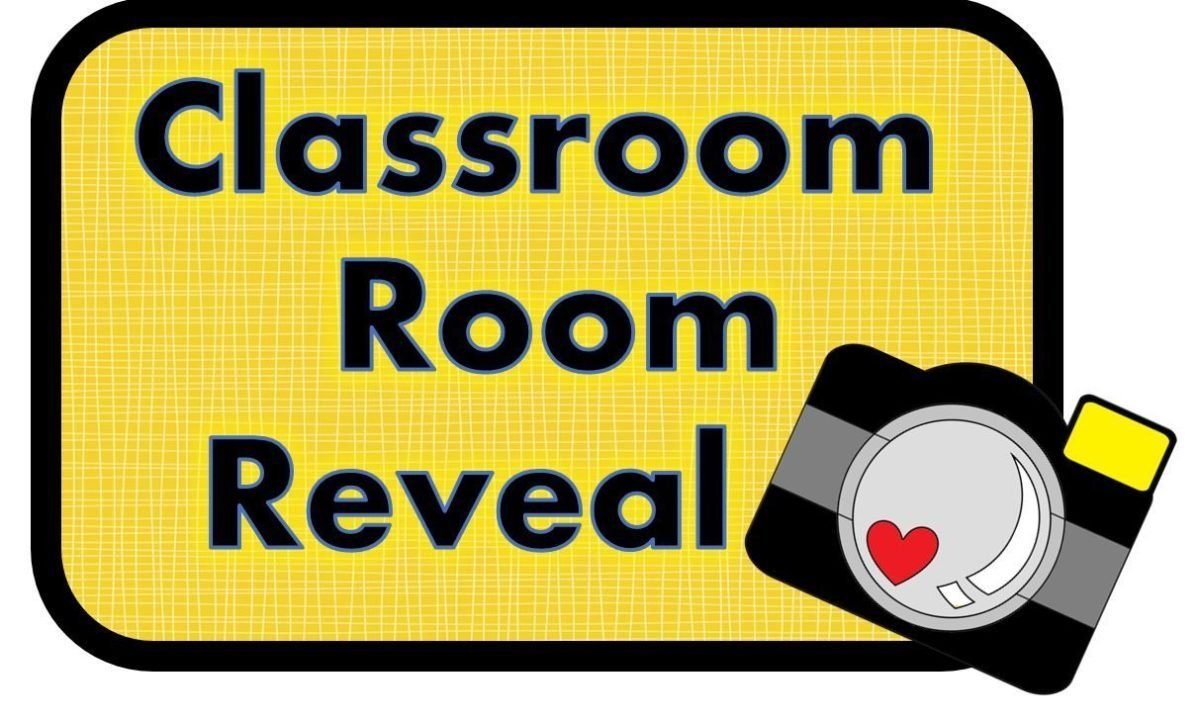
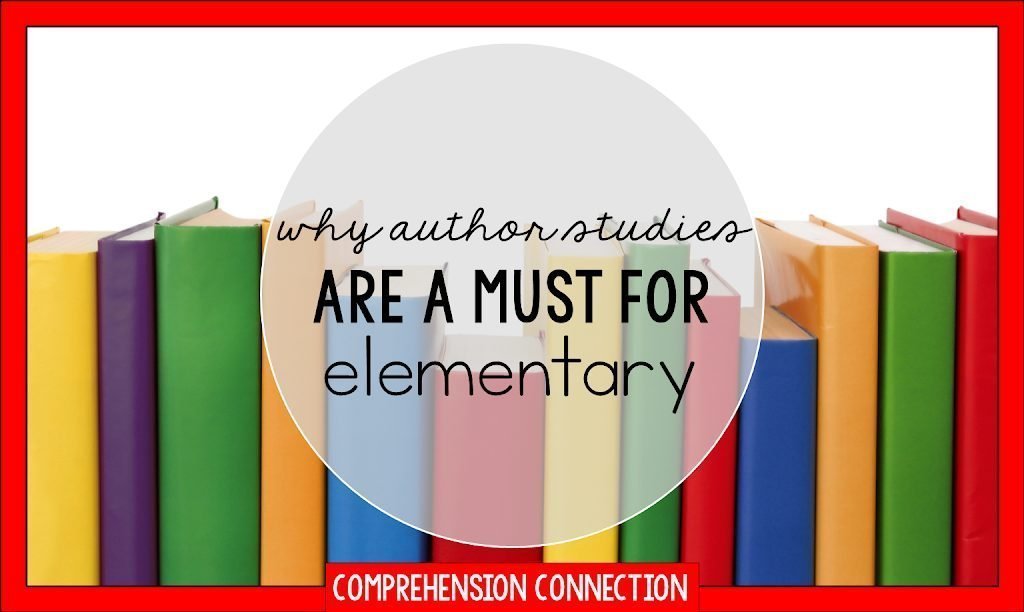

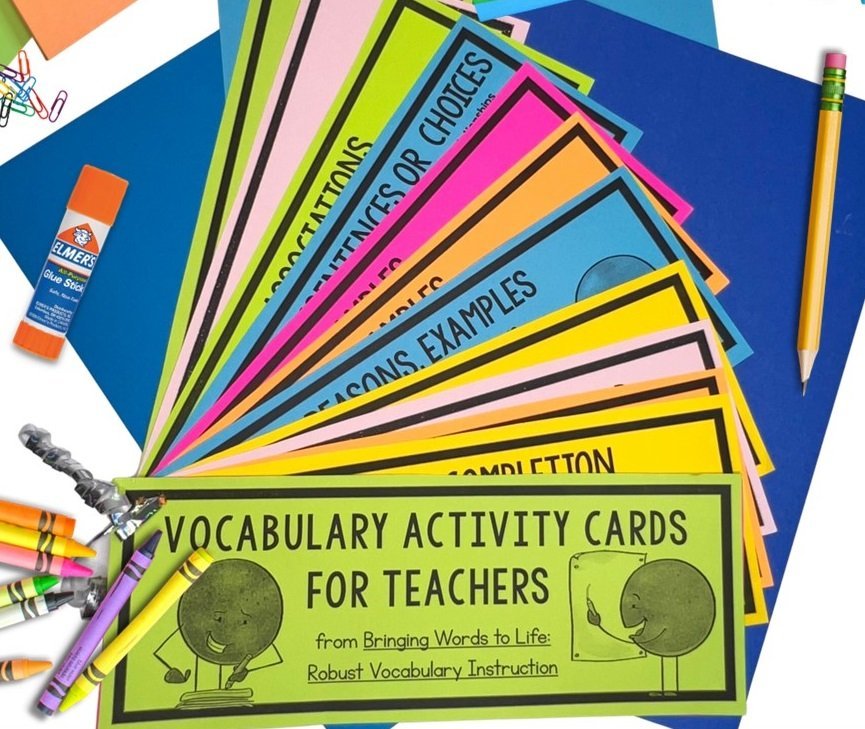
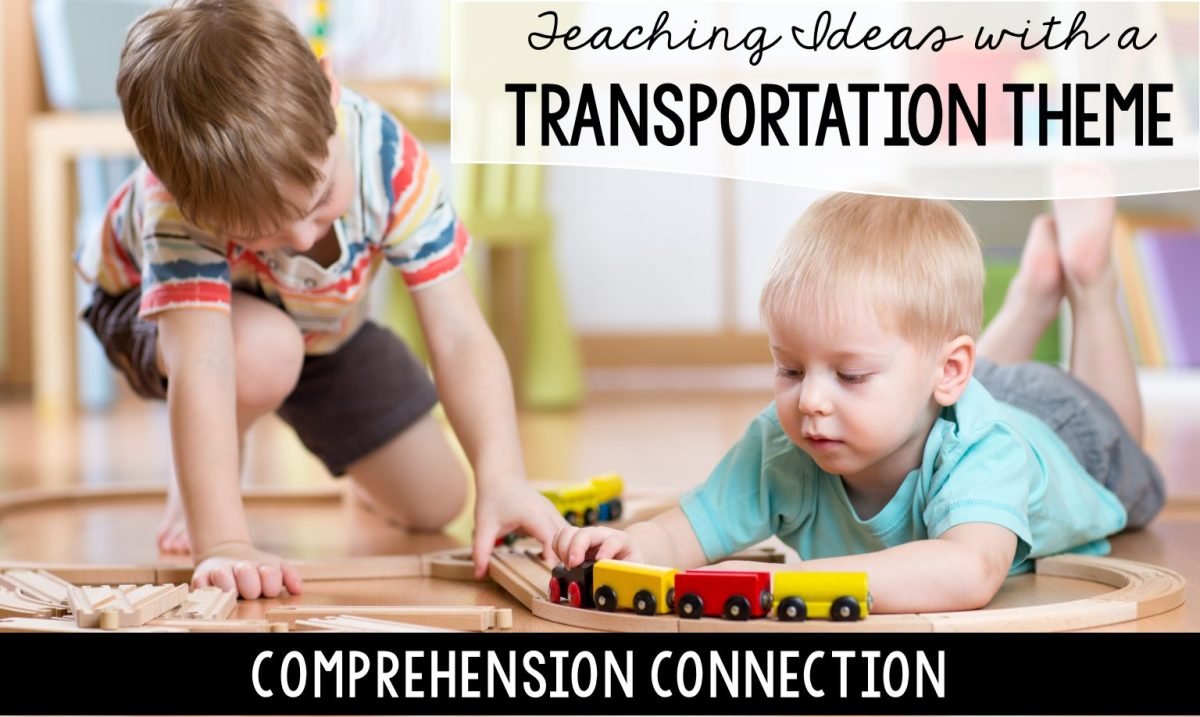
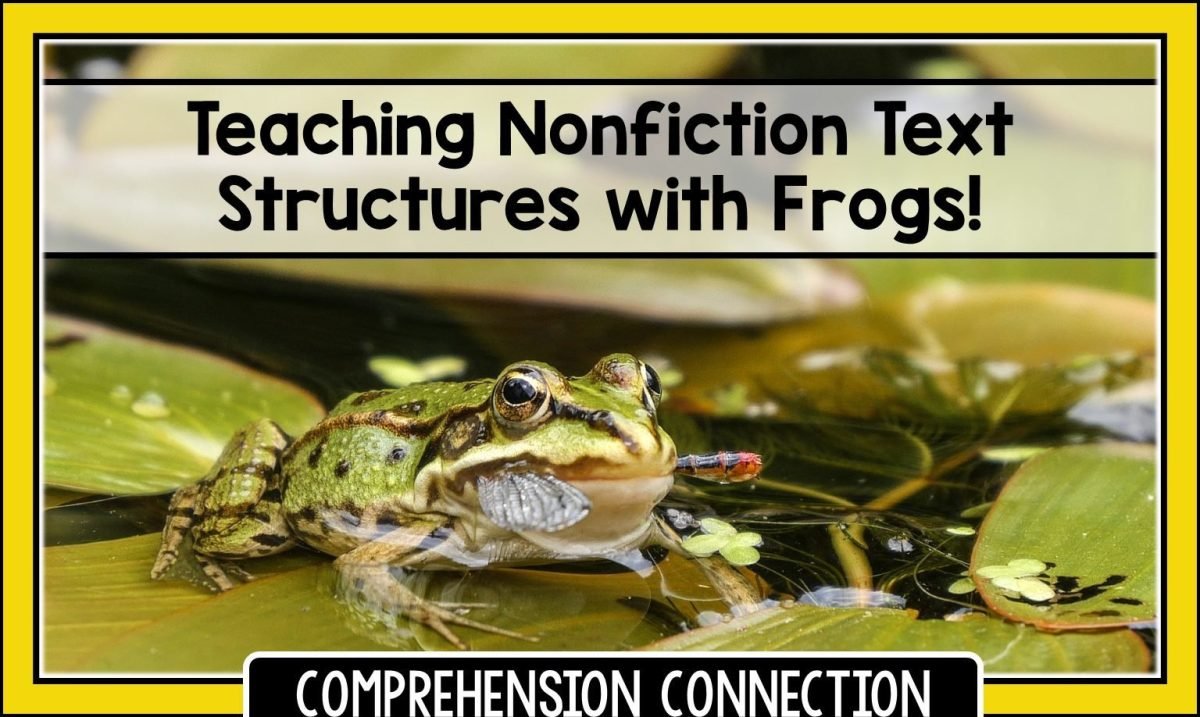



2 Responses
Another great post on word study! I had never really considered staggering the start of each of my study groups. It makes sense that you can really take the time to teach one group at a time and add the others in. Such a simple suggestions yet it is very meaningful and helpful!
Teaching Tips and Treasures
I find those introduction days are longer sessions and focused instruction on the patterns is very important. I never want to short change that, so staggering them makes it easier for me to address that need versus feeling rushed.